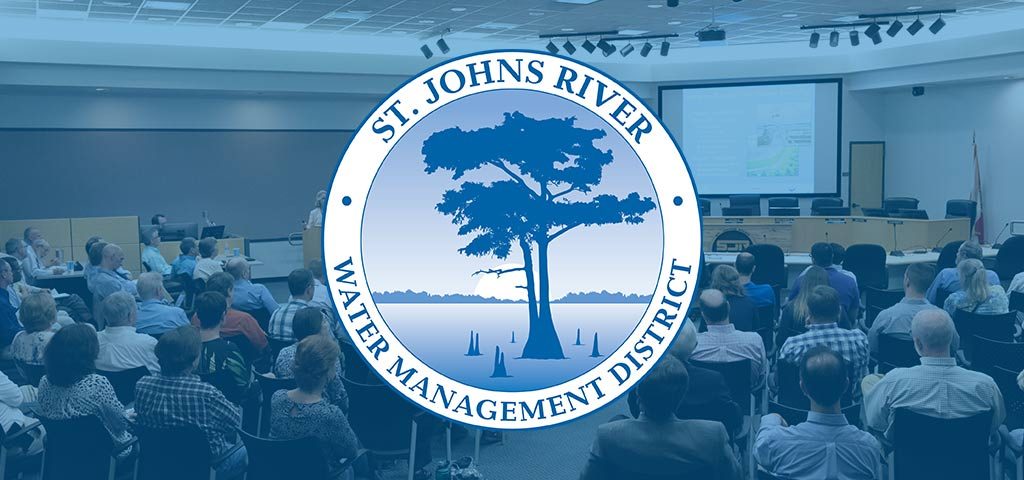District to evaluate project to restore Lake Jesup flow, improve water quality and habitat

PALATKA, Fla., March 15, 2018 — The St. Johns River Water Management District’s Governing Board on Tuesday approved a feasibility evaluation of a proposed project to restore the flow between the St. Johns River and the eastern portion of Lake Jesup. The project would potentially enhance water quality and habitat in the lake and is supported by local stakeholders and Sen. David Simmons, R-Altamonte Springs.
“Restoring the riverine flow into the lake has been supported by local stakeholders for decades,” said St. Johns River Water Management District Executive Director Dr. Ann Shortelle. “With the completion of the new bridge over the confluence of the river and lake and the removal of the State Road 46 causeway, a proposal to restore the flow recently reemerged with the support of Sen. Simmons and these stakeholders. We thank Sen. Simmons for championing this important study of a potential project to improve the health of Lake Jesup.”
“I commend our local stakeholders for their dedication to restoring flow between the river and eastern Lake Jesup,” said Sen. Simmons. “I’m pleased the St. Johns River Water Management District has agreed to conduct an evaluation to assess the feasibility of this project to help improve the lake’s water quality and enhance its fish and wildlife habitat. This study is a significant step toward the rehabilitation of Lake Jesup.”
Hydrologic modifications to the confluence between the river and lake date back to the steamboat era of the late 1800s. In 2010, the Florida Department of Transportation completed a new 3,470-foot-long span bridge over the confluence and, in the process, removed the S.R. 46 earthen causeway. This construction created an opportunity to restore the water flow that the causeway was blocking.
The largest lake in Seminole County, Lake Jesup is a shallow lake with a relatively low flushing rate. The lake is approximately 10,700 acres in size, but during high water periods its inundated floodplain is approximately 16,000 acres. It drains a 150-square-mile watershed, which includes portions of Oviedo, Sanford, Winter Springs, Casselberry, Maitland, Longwood, Winter Park and Orlando in Seminole and Orange counties.

